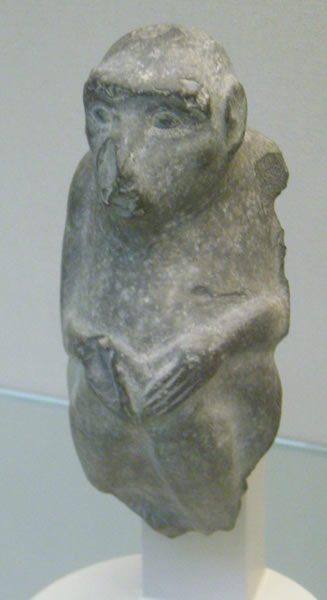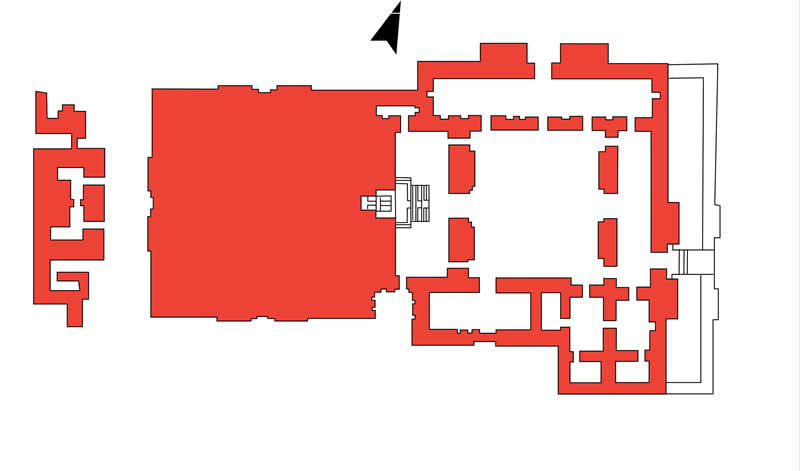Kar-Tukulti-Ninurta on:
[Wikipedia]
[Google]
[Amazon]
 Kar-Tukulti-Ninurta (modern Tulul ul Aqar (Telul al-Aqr) in
Kar-Tukulti-Ninurta (modern Tulul ul Aqar (Telul al-Aqr) in

 Kar-Tukulti-Ninurta was first excavated from 1913 to 1914 by a German team from the Deutsche Orient-Gesellschaft (''German Oriental Company'') led by Walter Bachmann which was working at the same time at Assur. The finds are now in the
Kar-Tukulti-Ninurta was first excavated from 1913 to 1914 by a German team from the Deutsche Orient-Gesellschaft (''German Oriental Company'') led by Walter Bachmann which was working at the same time at Assur. The finds are now in the
Deutsche Orient-Gesellschaft site web page (german)
{{Authority control Populated places established in the 2nd millennium BC Populated places disestablished in the 2nd millennium BC 1913 archaeological discoveries Ancient Assyrian cities Archaeological sites in Iraq Saladin Governorate Former populated places in Iraq Middle Assyrian Empire
Salah al-Din Governorate
The Saladin or Salah Al-Din Governorate ( ar, محافظة صلاح الدين) is one of Iraq's 19 governorates, north of Baghdad. It has an area of , with an estimated population of 1,042,200 people in 2003. It is made up of 8 districts, with t ...
, Iraq
Iraq,; ku, عێراق, translit=Êraq officially the Republic of Iraq, '; ku, کۆماری عێراق, translit=Komarî Êraq is a country in Western Asia. It is bordered by Turkey to Iraq–Turkey border, the north, Iran to Iran–Iraq ...
) was a new cult center for Ashur and perhaps a new capital city founded by the Assyria
Assyria ( Neo-Assyrian cuneiform: , romanized: ''māt Aššur''; syc, ܐܬܘܪ, ʾāthor) was a major ancient Mesopotamian civilization which existed as a city-state at times controlling regional territories in the indigenous lands of the A ...
n king Tukulti-Ninurta I
Tukulti-Ninurta I (meaning: "my trust is in he warrior godNinurta"; reigned 1243–1207 BC) was a king of Assyria during the Middle Assyrian Empire. He is known as the first king to use the title "King of Kings".
Biography
Tukulti-Ninurta I su ...
(about 1243–1207 BC) just north of Assur. Its name meant "Port Tukulti-Ninurta".
History
Kar-Tukulti-Ninurta was a totally new foundation about north ofAssur
Aššur (; Sumerian: AN.ŠAR2KI, Assyrian cuneiform: ''Aš-šurKI'', "City of God Aššur"; syr, ܐܫܘܪ ''Āšūr''; Old Persian ''Aθur'', fa, آشور: ''Āšūr''; he, אַשּׁוּר, ', ar, اشور), also known as Ashur and Qal'a ...
, which was the old capital of the Assyrian empire. Kar-Tukulti-Ninurta was placed on the eastern bank of the river Tigris
The Tigris () is the easternmost of the two great rivers that define Mesopotamia, the other being the Euphrates. The river flows south from the mountains of the Armenian Highlands through the Syrian and Arabian Deserts, and empties into the ...
. The walled area of the town was about 800 by 800 meters in size. In the middle there was a wall dividing the city into a western and eastern part. In the western part, near to the river, a temple was excavated for the Assyrian main deity, Ashur. The temple complex, measuring about 53 by 90 meters had a zikkurat on its western side. In the zikkurat was found a text identifying the temple as the temple of Ashur and also providing an identification of the city (the city was already before the excavations known from other texts). From further texts it is known that the cult image of the god was moved from Assur to this temple.
North of the temple stood the royal palace. The palace was placed on a platform, originally about 18m high. All remains of the palace building on the platform are lost, although many wall paintings were found. They show that the palace was richly decorated. Next to the palace a second, badly preserved palace building was found. Perhaps this was the entrance for a bigger palace complex, incorporating both palaces.
The city was largely abandoned after the death of king Tukulti-Ninurta I with minor occupation continuing through the Neo-Assyrian period. The cult image of Ashur was brought back to Assur.
Archaeology
 Kar-Tukulti-Ninurta was first excavated from 1913 to 1914 by a German team from the Deutsche Orient-Gesellschaft (''German Oriental Company'') led by Walter Bachmann which was working at the same time at Assur. The finds are now in the
Kar-Tukulti-Ninurta was first excavated from 1913 to 1914 by a German team from the Deutsche Orient-Gesellschaft (''German Oriental Company'') led by Walter Bachmann which was working at the same time at Assur. The finds are now in the Pergamon Museum
The Pergamon Museum (; ) is a listed building on the Museum Island in the historic centre of Berlin. It was built from 1910 to 1930 by order of German Emperor Wilhelm II according to plans by Alfred Messel and Ludwig Hoffmann in Stripped C ...
in Berlin
Berlin ( , ) is the capital and largest city of Germany by both area and population. Its 3.7 million inhabitants make it the European Union's most populous city, according to population within city limits. One of Germany's sixteen constitu ...
, in the British Museum
The British Museum is a public museum dedicated to human history, art and culture located in the Bloomsbury area of London. Its permanent collection of eight million works is among the largest and most comprehensive in existence. It docum ...
and in Istanbul
)
, postal_code_type = Postal code
, postal_code = 34000 to 34990
, area_code = +90 212 (European side) +90 216 (Asian side)
, registration_plate = 34
, blank_name_sec2 = GeoTLD
, blank_i ...
. Bachmann did not publish his results and his field notes were lost. A full excavation report appeared only in 1985
Work at the site was resumed in 1986 with a survey by a team from the German Research Foundation led by R. Dittman. A season of excavation was conducted in 1989.
The survey showed that the site, which was thought to cover only 62 hectares, actually extended out to at least 240 hectares.Reinhard Dittmann, Kar‐Tukulti‐Ninurta Through the Ages: A Short Note, in; P.A. Miglus/S. Mühl (Eds.) Between the Cultures. The Central Tigris Region from the 3rd to the 1st Millennium BC, Heidelberger Studien zum Alten Orient 14, pp. 165–178, 2011
See also
*Cities of the ancient Near East
The earliest cities in history were in the ancient Near East, an area covering roughly that of the modern Middle East: its history began in the 4th millennium BC and ended, depending on the interpretation of the term, either with the conquest by ...
* Short chronology timeline
Notes
References
* Tilman Eickhoff: ''Kār Tukulti Ninurta: Eine mittelassyrische Kult- und Residenzstadt''. Deutsche Orientgesellschaft Berlin: Mann, 1985. *Liane Jakob-Rost, Inschriften auf kleineren Tongefäßen aus Assur und Kar-Tukulti-Ninurta, Forschungen und Berichte, Bd. 31, pp. 55–65, 1991 *Deller, K., et al., “Two New Royal Inscriptions Dealing with Construction Work in Kar-Tukulti-Ninurta,” BagM, vol. 25, pp. 459–472, Taf. 13-17, 1994 *R. Dittmann, Assur and Kar-Tukulti-Ninurta, American Journal of Archaeology, vol. 96, pp. 307–312, 1992External links
Deutsche Orient-Gesellschaft site web page (german)
{{Authority control Populated places established in the 2nd millennium BC Populated places disestablished in the 2nd millennium BC 1913 archaeological discoveries Ancient Assyrian cities Archaeological sites in Iraq Saladin Governorate Former populated places in Iraq Middle Assyrian Empire